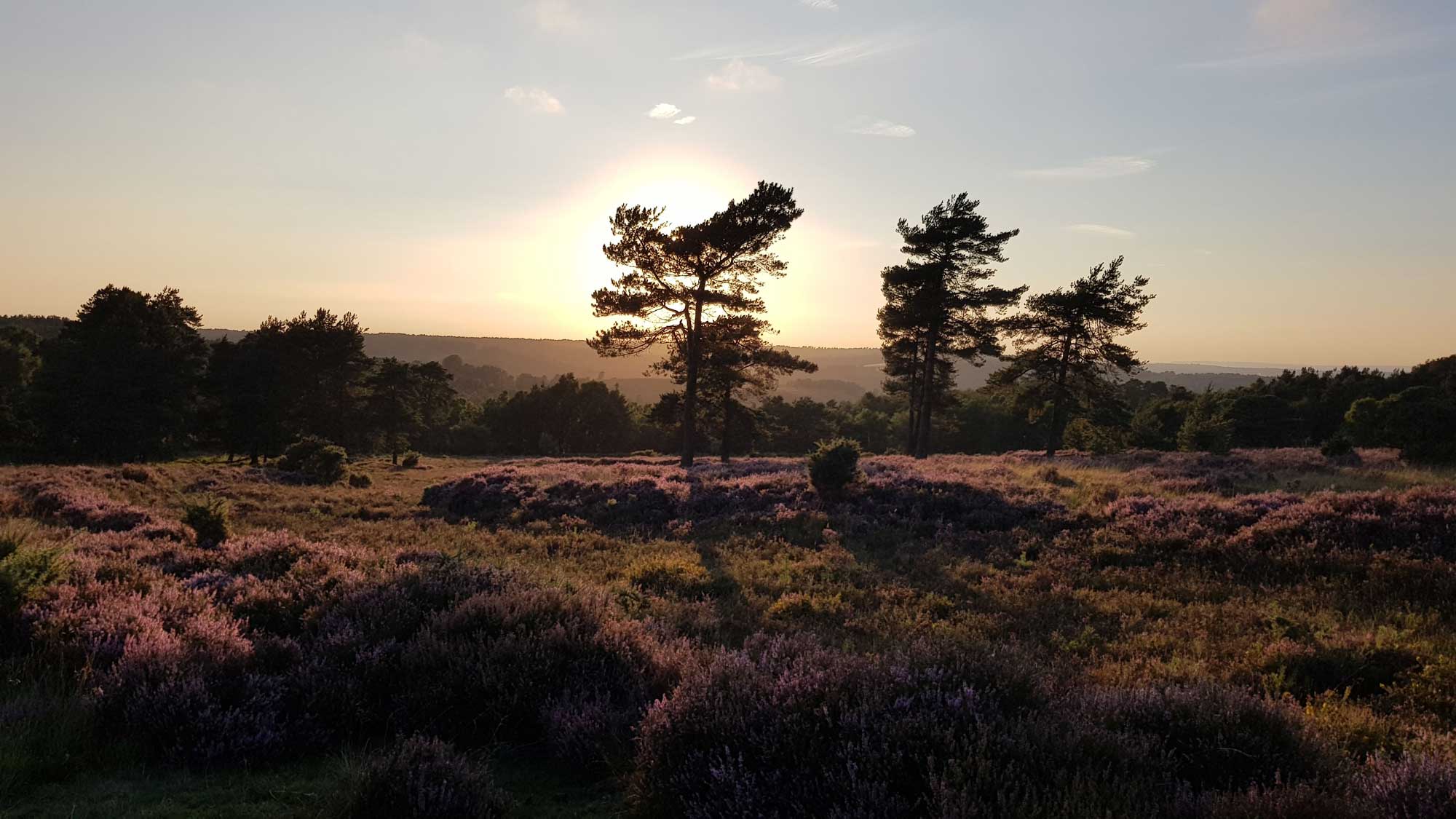
For several years, Sussex Nature Partnership and its partners have been collating work that will now be helpful as part of an evidence base for Local Nature Recovery Strategies.
Biodiversity Opportunity Areas (BOAs)
From 2009, work was carried out across the South East to identify Biodiversity Opportunity Areas (BOAs) as a method for identifying potential ecological networks. This work was directed by Natural England but for each county was led by the relevant Biodiversity Record Centre and relevant stakeholder organisations.
A BOA consists of a spatial concentration of already recognised and protected sites for conservation (foundation sites) inside a boundary that also includes undesignated ‘priority habitat’ sites – all of which have common and contiguous geological, soil, hydrological and topographical characteristics to those of the foundation sites. At the time, BOAs thus represented those areas where improved habitat management, as well as efforts to restore and re-create priority habitats, would be most effective in enhancing connectivity and recovery of priority species in a fragmented landscape.
BOAs remain relevant across the South East as a means of understanding where efforts to conserve, enhance and connect protected sites and priority habitats can be targeted. They are therefore likely to form a key component of Local Nature Recovery Strategies.
Seventy Five BOAs were identified for Sussex and published in 2009 by Sussex Biodiversity Record Centre. The location and brief description of each can be found here.
Other publications
Joint South East Principles for a Nature Recovery Network (prepared with South East Nature Partnership) 2020
Defra Consultation on Local Nature Recovery Strategies_SxNP Response questionnaire and letter (2021)
Mapping a nature recovery network in Sussex at the District level (exploratory project 2021)_Summary
Mapping a nature recovery network in Sussex at the District level (exploratory project 2021)_ Main report
